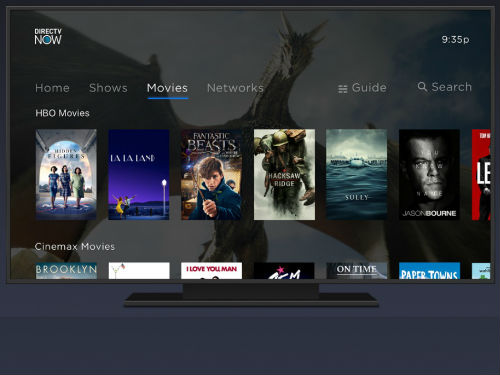Virtual MVPDs Ended 2017 with 5.3M Subs: Study

A growing array of virtual MVPDs ended 2017 with about 5.3 million subscribers, according to new estimates from The Diffusion Group (TDG) based on its analysis of financial statements, interviews with company insiders and primary customer research.
RELATED: Watch MCN: vMVPDs by the Numbers
Sling TV, the Dish-owned OTT TV service that was first out of the chute in February 2015, ended 2017 with about 2.3 million subs, or 43.4% of that segment of the market, TDG said in a study
The freshest face of the bunch, Philo, an entertainment-focused service starting at $16 per month that launched in November 2017, ended the year with about 50,000, according to TDG.
Going several steps deeper, TDG’s analysis, which also studied the motivations and preferences of vMVPD subs, found that just 9% of virtual MVPDs subscribers are cord-nevers, while 54% are cord-cutters and 37% are “dual-service subs” that also have a more traditional pay TV service.
That likewise shows that there’s “no doubt that vMVPD growth comes mostly from current MVPD subs,” Michael Greeson, TDG’s president and co-founder, noted in an email exchange.
He noted that this overlap suggests that many virtual MVPD subscribers are kicking the tires on those services even as they continue to use a traditional pay TV service.
Multichannel Newsletter
The smarter way to stay on top of the multichannel video marketplace. Sign up below.
It’s an issue that’s been a concern from programmers, or at least has not escaped their notice.
Speaking at CES in January, Sherry Brennan, SVP of distribution at Fox Networks, acknowledged that this phenomenon of “offer surfing” is creating a “tension there that needs to get solved over time.”
RELATED: ‘Offer Surfing’ of OTT TV Services a Growing Concern
Among other findings, TDG said about a third of virtual MVPD subscribers are, to varying degrees, likely to downgrade third service in the next six months, and 17% are likely to upgrade their virtual MVPD services.
But no-contract OTT TV services that let customers come and go on a month-to-month basis are also exposed to churn.
TDG found that 19% of virtual MVPDs are, to varying degrees, likely to altogether cancel their vMVPD service in the next six months, a rate that’s only slightly higher than traditional pay TV users.
